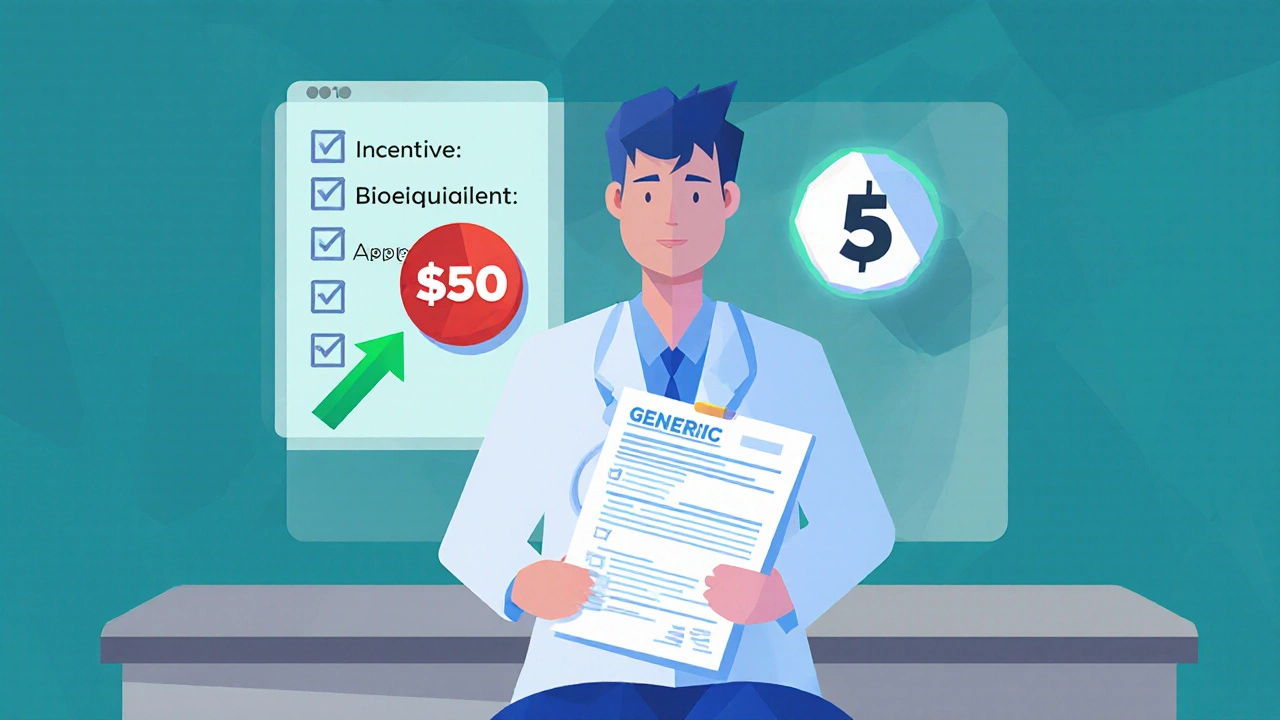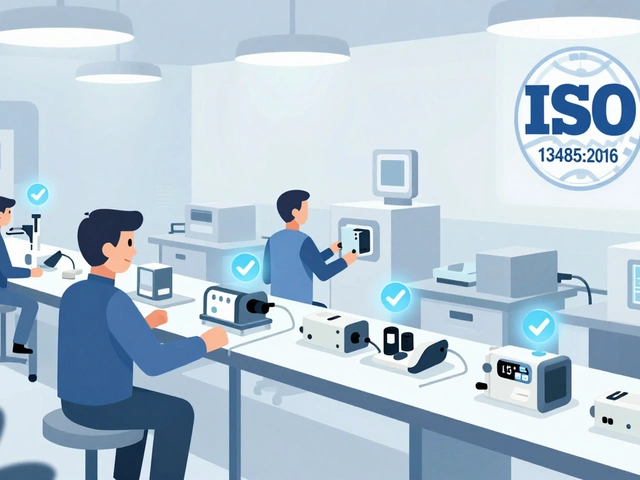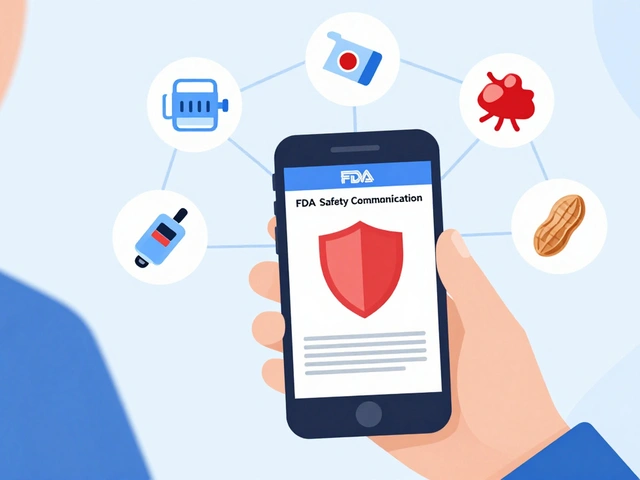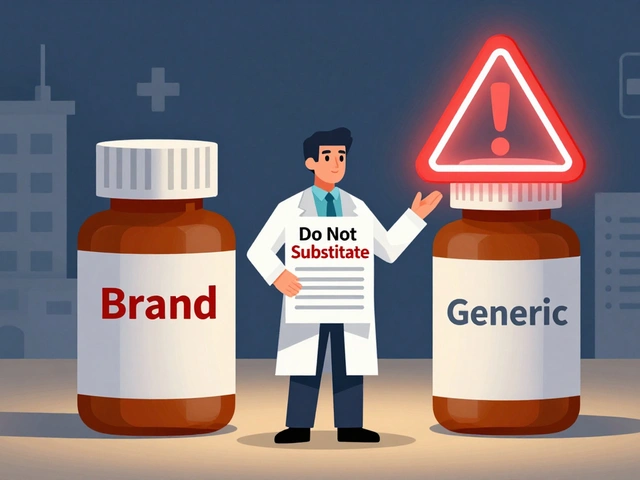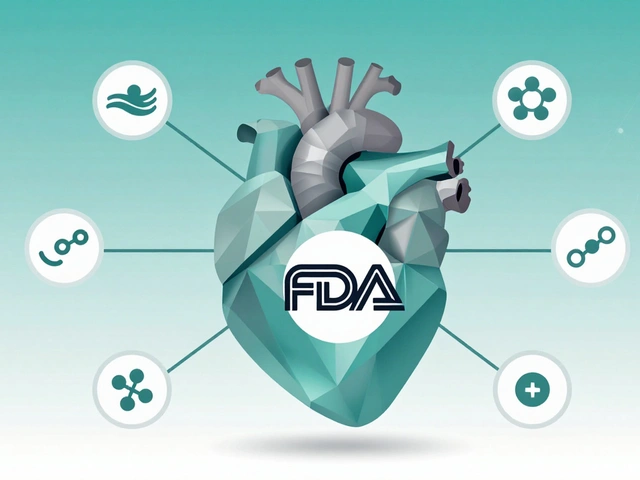Physician Prescribing Behavior: Why Doctors Choose Certain Drugs
When a doctor writes a prescription, it’s not just about what’s best for your condition—it’s shaped by physician prescribing behavior, the pattern of decisions doctors make when choosing medications, often influenced by training, experience, and external factors. Also known as drug selection patterns, it’s the hidden force behind whether you get a brand-name pill or a generic version that costs 90% less. This isn’t random. It’s a mix of what they learned in medical school, what reps told them, what their hospital prefers, and even how much their insurance covers.
Many doctors still don’t fully trust generic drugs, medications that contain the same active ingredient as brand-name drugs but cost far less. Also known as bioequivalent drugs, they’re proven to work just as well—but old habits die hard. Studies show that even though generics make up over 90% of prescriptions in the U.S., many physicians still default to brand names out of habit, not science. This gap between evidence and practice is partly rooted in medical education, how future doctors are trained to think about drugs during their years of schooling. Also known as pharmacology training, it often skips deep dives into bioequivalence, leaving doctors unsure if generics are truly interchangeable. Meanwhile, drug pricing, the cost differences between brand and generic medications that directly affect prescribing choices. Also known as pharmaceutical cost structures, plays a huge role. A doctor might pick a pricier drug not because it’s better, but because the patient’s insurance makes it easier to get, or because the rep left free samples on their desk last week.
And it’s not just about money. Physician prescribing behavior is also shaped by fear—fear of lawsuits, fear of patient complaints, fear of being seen as "cutting corners." That’s why some doctors keep prescribing older, more familiar drugs even when newer, safer options exist. They’re not ignoring science. They’re navigating a system that rewards familiarity over innovation. This is why you’ll find articles here about evergreening, patent loopholes, and how compulsory licensing tries to break these cycles. You’ll see how MedWatch data reveals what drugs are causing real harm, and why antipsychotics or fentanyl patches are prescribed the way they are—not because they’re perfect, but because the system makes alternatives harder to reach.
What you’ll find below isn’t just a list of articles. It’s a map of the real-world forces behind every prescription you get. From how medical education fails to teach bioequivalence, to how drug pricing tricks even well-meaning doctors, to how patients can push back—this collection shows you the hidden rules of prescribing. You’ll learn not just what drugs work, but why your doctor chose them—and what you can do about it.
Generic prescribing incentives reward doctors for choosing cost-effective generic drugs. Learn how these programs work, their real-world impact, and why some providers push back-even when generics are just as effective.
Continue reading...

